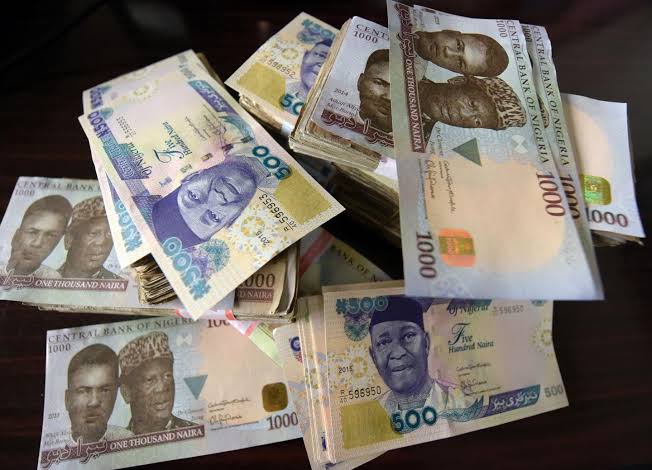Rising dollar inflows through the Investors’ and Exporters’ (I&E) Forex Window and foreign reserves accretion have stabilized the naira in the official and parallel markets.
The I&E Forex Window has attracted $48 billion to the economy in 24 months, the Central Bank of Nigeria (CBN) showed in its updated report on the dollar inflows.
The report also showed that foreign reserves have risen to $45 billion.
With improved availability of foreign exchange, the exchange rate at the I&E Forex window has remained stable over the past two years at an average of N360/$, and the parallel market exchange rate has appreciated from N525/$ in February 2017 to N360/$ at present.The window, which offers investors the opportunity to sell dollars at rates of their choice, provided they find willing buyers, has restored confidence to the forex market and boosted the foreign exchange reserves.
Not many investors – local and international – gave the I&E Forex window any chance to succeed when it was introduced.
“But today, it is seen as one of the key instruments expected to help stabilise the local currency against other currencies.
Prior to the introduction of the I&E Forex window in April 2017 by the CBN, the market and exchange rates were in turmoil.
But, in a dramatic turn of events, the acute shortage of forex, which businesses and individuals grappled with, improved, with banks and Bureaux de Change (BDCs) now desperately looking for forex buyers.
CBN Governor Godwin Emefiele said the introduction of the window, along with improvement in domestic production of goods have helped shore up the external reserves.
“Transactions have reached over $48 billion since the inception of the window and our foreign exchange reserves has risen to $45 billion in April 2019 from $23 billion in October 2016.
Nigeria’s current stock of external reserves is now able to finance over nine months of current import commitments,” the report said.
The report said although the level of reserves was still below the record high of $64 billion realised in August 2008, it is nearly double the $24 billion recorded in October 2016, increasing by more than $21 billion with current standing.
It went on: “In April 2017, we introduced an Investors and Exporters (I&E) window, which allowed investors and exporters to purchase and sell foreign exchange at the prevailing market rate.
“In addition, exchange rate management was further liberalized following the operationalisation of the “Revised Guidelines for the Operation of the Nigerian Inter-bank Foreign Exchange Market in June 2016.”
According to the report, the commencement of this policy guideline introduced the Naira Settled Foreign Exchange Futures Market.The dollar inflows have also led to an improvement in manufacturing index.
Activities in the industrial sector witnessed significant improvement between August 2016 and February this year, as the Primary Manufacturing Index (PMI) rose from a low of 42 per cent in August 2016 to 57 per cent in April.
The development was attributed to sustained supply of forex and the dogged implementation of CBN’s forex restriction on certain items.




